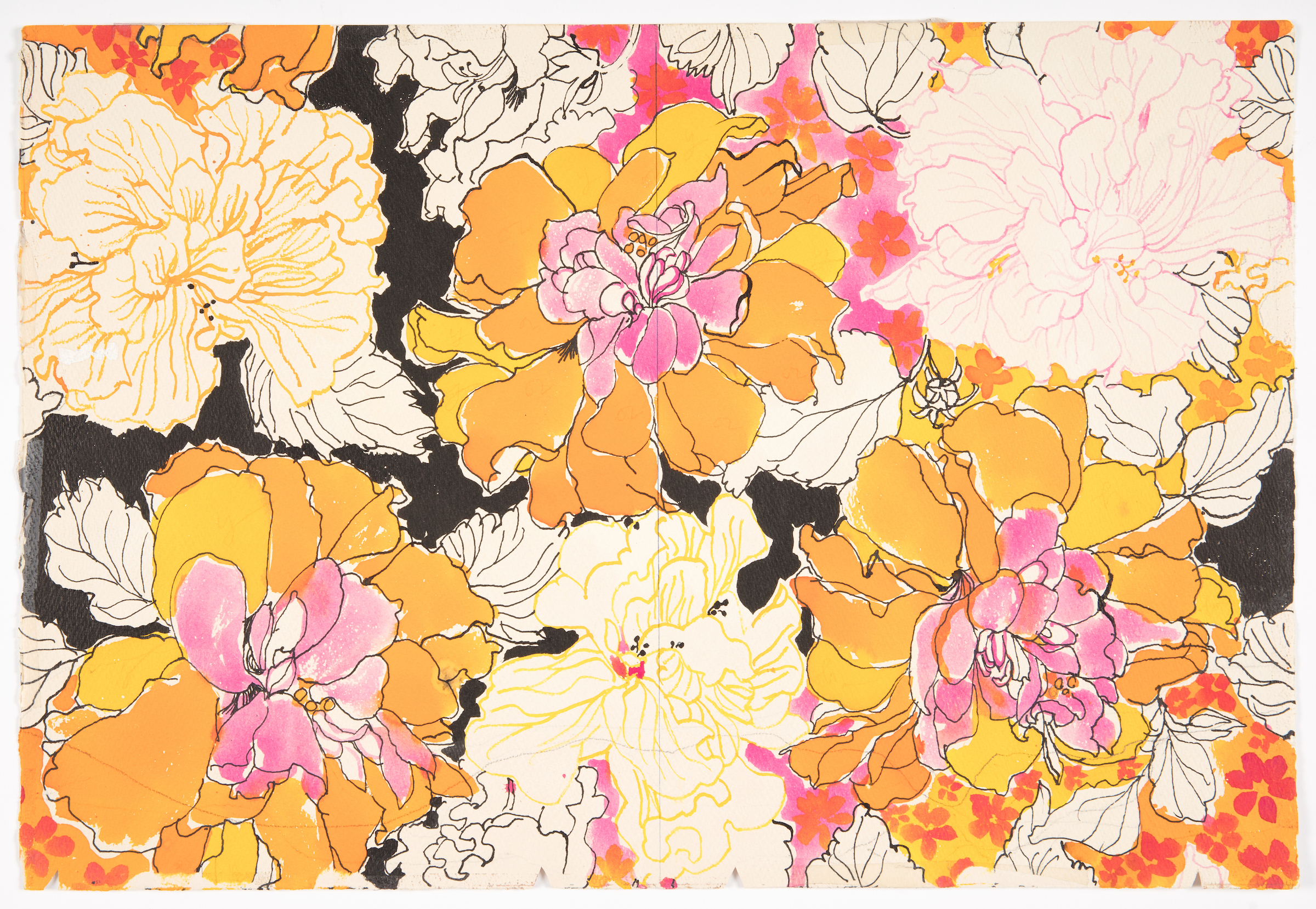
In the early 20th century, French brothers André and Paul Vera sought to develop a new style of gardens, one that paired a modern geometric order with elements of prized 17th-century landscape traditions. This exhibition will unite over 20 of the brothers’ striking Art Deco drawings for gardens with their 1912 published treatise Le nouveau jardin (The New Garden).

When socialite-turned-designer Lilly Pulitzer’s simple shift dresses hit the fashion scene in the early 1960s, their eye-catching, whimsical prints made them instantly recognizable. Yet few people know that most of those prints were designed by Key West artist Suzie Zuzek (Agnes Helen Zuzek de Poo, American, 1920–2011). Zuzek was a staff designer for Key West Hand Print Fabrics, where Pulitzer ...

During his twenty-year career Willi Smith (1948–1987) united fashion and American culture, marrying affordable, adaptable basics with avant-garde performance, film, art, and design. Smith hoped to solve what he called “the problem of getting dressed,” or the lack of control fashion afforded the everyday person, by using clothing as a tool for the liberation of...

Contemporary Muslim Fashions is the first major museum exhibition to explore the rise of the modest fashion industry. Modest fashion refers to garments that are both highly fashionable and provide sufficient body cover to address cultural concerns for modesty. Many Muslim women and men dress modestly, in accordance with their faith, but individual and collective interpretations of modesty vary widely.

Coinciding with the centenary of the founding of the Bauhaus in Weimar, Germany, this exhibition presents rare works by the groundbreaking graphic designer Herbert Bayer (1900–1985). As a student and teacher at the Bauhaus, Bayer helped shape the discourse of modern graphic design. After leaving the Bauhaus in 1928, he worked in Berlin, where he designed commercial advertising and typefaces. ...

Wyss Institute Selects: Works from the Permanent Collection is curated by members of the Wyss Institute for Biologically Inspired Engineering at Harvard University, led by its founding director, Don Ingber, working in collaboration with his co-faculty, Joanna Aizenberg, Jennifer Lewis, Radhika Nagpal, and Pam Silver. Founded in 2009, the Wyss Institute has become a world leader in biodesign engineering. The ...

Designers are forging meaningful connections with nature, inspired by its properties and resources. Their collaborative processes—working with nature and in teams across multiple disciplines—are optimistic responses at this moment when humans contend with the complexities and conditions of our planet. Compelled by a sense of urgency, designers look to nature as a guide and partner....

The term iridescence derives from Iris, the Greek goddess of the rainbow, and refers to a vibrant optical effect of rainbow-like colors that change in the light. Found on pearls and insect wings, iridescence draws from and celebrates the natural world’s multidimensional colors and organic forms. Since the Middle Ages, designers have experimented with ways to achieve an iridescent effect ...

An interactive installation in the museum’s Process Lab, Scholten & Baijings: Lessons from the Studio invites visitors to explore the experimental design process of the award-winning contemporary industrial design studio. Founded by Stefan Scholten & Carole Baijings and based in the Netherlands, the studio combines craft techniques with industrial design practices to create tableware, furniture, and textiles. Examples of Scholten ...
View exhibitions prior to 2015 on the collection site